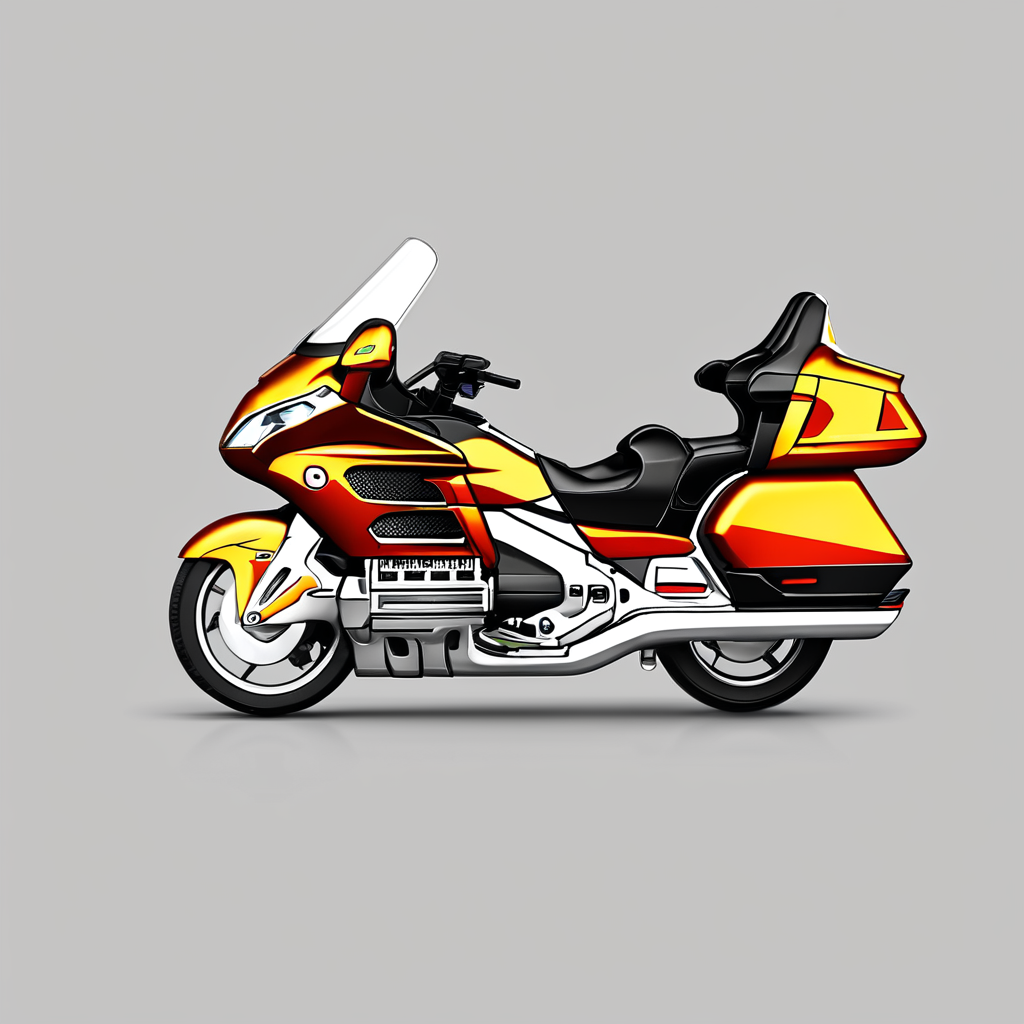Vehicle Weight and Braking Dynamics on Steep UK Slopes
When discussing vehicle weight effect on braking, physics plays a crucial role. On steep slopes, the gravitational force acting on the vehicle increases the total force the brakes must overcome. This means heavier vehicles require significantly more braking force to slow down or stop, as their larger mass translates into greater kinetic energy. The formula for kinetic energy, ½mv², shows how mass (m) directly influences braking demands—the heavier the vehicle, the more energy it must dissipate.
On the UK’s steepest roads, these factors combine to create unique braking challenges. As vehicle weight increases, stopping distances lengthen due to the extra energy that brakes must manage. Drivers must anticipate this by allowing more space to stop safely and by using engine braking where possible to reduce brake wear and potential overheating.
In the same genre : Comprehensive handbook: optimal steering fluid check intervals for high-mileage vehicles to prevent steering system malfunctions
The interaction between physics of braking and steep slopes in the UK demands careful consideration in vehicle design and driver technique. Understanding these dynamics helps in managing risks and improving safety on inclines where braking performance is put to the test. This knowledge is essential for navigating the often narrow, steep roads common in many UK regions.
Real-world Examples from the UK’s Steepest Roads
Exploring UK steepest roads examples like Hardknott Pass and Rosedale Chimney reveals compelling insights into braking dynamics. Hardknott Pass, with gradients up to 33%, demands exceptional braking control from drivers. In practice, passenger cars, heavy goods vehicles (HGVs), and cyclists encounter markedly different challenges due to their unique weights and brake capacities.
Also to read : Conquer the cold: vital strategies for optimal adaptive cruise control sensor performance in winter conditions
In braking case studies conducted on these steep inclines, passenger cars typically maintain stable deceleration, benefiting from balanced weight distribution and responsive braking systems. HGVs, however, experience prolonged stopping distances. The combined real-life vehicle weight impact and momentum substantially increase braking demand, often requiring engine braking or multiple axle brake applications to prevent brake fade.
Cyclists face amplified risks on these slopes. Despite lighter weight, their limited braking power and lower friction between tire and road make controlling descent difficult, increasing incident rates on roads like Rosedale Chimney.
Observed incidents consistently underline the importance of understanding how weight influences braking. For instance, HGVs are disproportionately involved in brake-related accidents due to overheating brakes and slower response times on steep UK roads. These examples emphasize tailored braking strategies adapted for vehicle type and weight to enhance safety on challenging gradients.
Safety Concerns and Risks Associated with Heavy Vehicles on Steep Descents
Steep slopes pose significant braking safety challenges for heavy vehicles such as trucks and buses. One critical hazard is brake fade, where overheating diminishes braking effectiveness. This can lead to the driver losing control due to insufficient stopping power, increasing the risk of accidents.
Loaded vehicles face an elevated steep slope risk since their greater mass generates more momentum, making it harder to slow down or stop. The weight contributes to additional strain on the braking system, accelerating wear and the potential for failure. Drivers must remain vigilant for signs of overheating and monitor brake performance carefully.
Regular and thorough brake maintenance is essential to minimize these risks. Routine vehicle checks ensure that brake components, including pads, discs, and fluid levels, meet safety standards. Preventing braking runaway vehicles situations entails understanding vehicle limits and using engine braking where possible to avoid overreliance on service brakes. Proactive safety measures save lives by reducing mechanical failures on hazardous descents.
UK Traffic Regulations and Guidance for Braking on Slopes
When driving on steep slopes in the UK, understanding UK traffic laws and braking regulations is crucial for safety. The Highway Code includes specific warnings about gradients, often shown through warning gradient signs before sharp descents. These signs alert drivers to adjust speed and use appropriate braking techniques, reducing the risk of accidents.
Braking regulations UK mandate that vehicles, especially heavy goods vehicles, must have braking systems capable of safely managing steep descents. This includes requirements for engine braking or auxiliary brakes to supplement regular service brakes and reduce overheating. Vehicle weight limits come into play here: heavier vehicles face stricter controls due to increased momentum on slopes, necessitating more effective braking systems.
Official advice for both commercial and private drivers emphasizes using lower gears when descending steep slopes to control speed without over-reliance on the brakes. This method increases safety by preventing brake failure from overheating. The rules also encourage maintaining adequate following distance and monitoring speed continuously during the descent. Understanding and following these steep slope driving rules ensures compliance with regulations and enhances road safety for all users.
Effective Braking Techniques for Varying Vehicle Weights
Understanding practical braking tips is crucial when handling vehicles of different weights, especially on steep slopes. Heavier vehicles require more time and distance to stop, so it’s essential to adjust your braking approach accordingly. One effective method is to use engine braking; by selecting a lower gear, the engine helps slow the vehicle without relying solely on the brakes. This reduces the risk of brake overheating, a common issue during steep descents.
Avoid riding the brakes, which means continuously pressing them lightly. This practice can cause brake fade and diminish braking power. Instead, apply firm, intermittent pressure to maintain control while allowing brakes to cool. Anticipate changes in terrain and traffic by adjusting your speed before you reach a slope. This proactive approach aligns with safe driving techniques and reduces the need for sudden braking, minimizing wear and stress.
Remember, your braking strategy must vary with the vehicle’s weight and the road conditions. Heavy trucks and buses, for example, benefit greatly from combining engine braking with carefully timed brake applications. This dual approach enhances stability and safety, especially when navigating long or steep declines.
